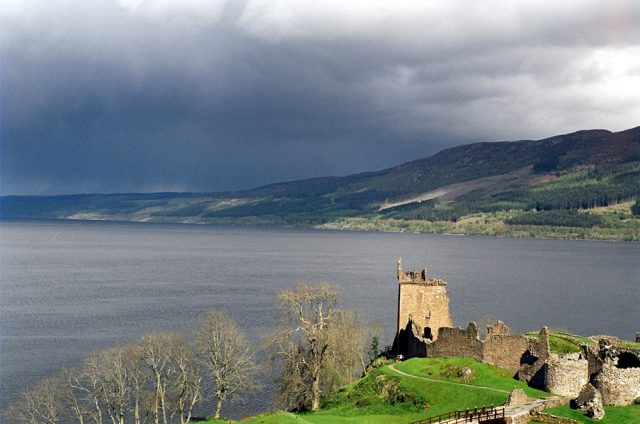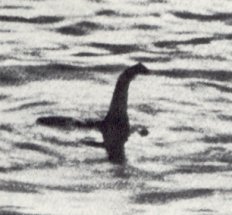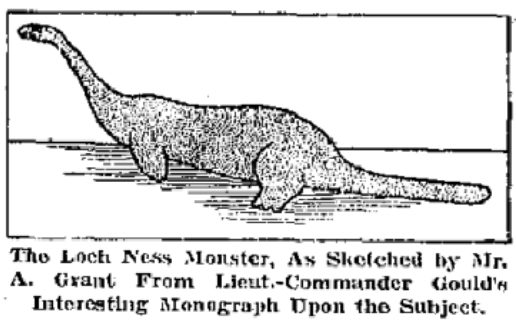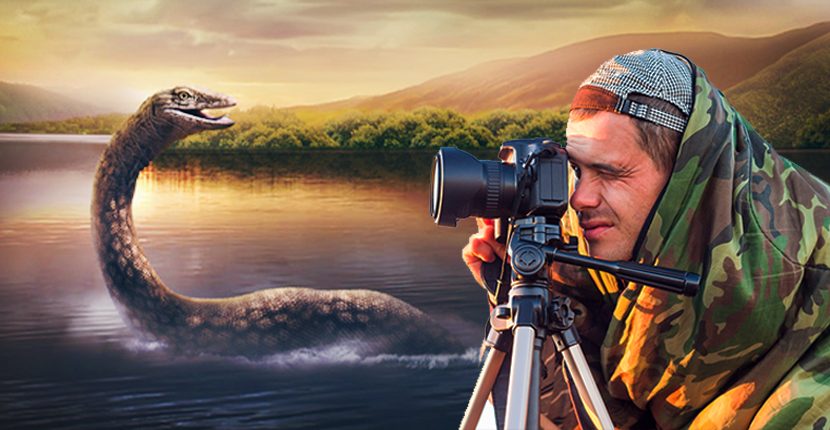Thousands of people have signed up to storm Loch Ness to see if the monster is real. A week after nearly 1 million people signed up for a tongue-in-cheek event storming of Area 51 in Nevada to find proof of alien life, an initiative has sprung up to storm Loch Ness in Scotland in search of its famously elusive monster. As of July 22, 2019, over 60,000 people had signed up to go to Loch Ness on September 21st.
The Nessie event details are summed up by a single sentence: “The time is now for us to find dat big boi.”
The Royal National Lifeboat Institution (RNLI) is cautioning that the lake is 745 feet deep and even in September people risk cold water shock and hypothermia if they fall into the water.

“Concerned that hundreds, or even thousands, of people head out on to the loch for Storm Loch Ness on 21 September, the volunteer crew said it could not match the resources being used by the US military to deal with Storm Area 51,” said the BBC.
Area 51 has baffled and intrigued people for more than 50 years. The U.S. Air Force warned on July 19, 2019, against visiting the secretive base, saying that “any attempt to illegally access the area is highly discouraged.”
The Facebook page encouraging people to go said, “We will all meet up at the Area 51 Alien Center tourist attraction and coordinate our entry. If we naruto run, we can move faster than their bullets. Lets see them aliens.”
Officially an outpost of Edwards Air Force Base in California, the site became known as Area 51, which was its designation on maps of the Atomic Energy Commission, in the 1950s. The base covers a total of 2.9 million acres and 5,000 square miles of restricted airspace. It is the largest combined air and ground space for peacetime military operations. Conspiracy theorists are convinced that at Area 51 alien spacecraft have been analyzed and visitors from other worlds confined. Check out a history of Area 51 with the video below:
Loch Ness has been a tourist attraction since the 1930s. The Loch Ness monster has attracted more visitors to the Scottish Highlands than many other natural attractions or museums. The lake draws tourists who are willing to wait around the lake with cameras for hours, all hoping to capture a shot of the famous water monster.

The legend of “Nessy” dates to the 7th Century, but it wasn’t a worldwide attraction until the 20th century, when a London man claimed to have seen the water beast. Debatable video footage soon followed. There have been many investigations in the latter part of the 20th century, including 24 sonar-equipped boats that scanned the lake’s bottom, but there has never been any evidence announced to the public.
However, people persist in believing in the incredible story of a dinosaur-type water monster that hides in the waters of Loch Ness.

Loch Ness authorities are less than pleased with the planned storming. A spokeswoman said to the BBC: “With no US Army involved, Loch Ness looks a little less hazardous than storming Area 51, but here we have our own set of problems. Our Atlantic 85 lifeboat has an impressive survivor-carrying capacity, but even that will be stretched by the ‘attendees’ of this event.”
The Loch Ness statement said that, “joking aside,” there were some facts to share about the water mass: “The water temperature is cold. In fact, an average of six degrees centigrade all year round, meaning cold water shock and hypothermia are real dangers.”
In 2015, a kayaker developed hypothermia so quickly after his boat capsized at Loch Ness that he was unable to swim just 15m to the shore, said The Telegraph. He survived the ordeal after being rescued by Loch Ness RNLI.
“Weather conditions and water state can deteriorate rapidly, going from flat calm to a large swell in minutes. There are very few areas on the shoreline where it is possible to make it up to a road,” the RNLI said to The Telegraph. It also pointed out that the waves in the loch are generated by wind, not a tide and that it was more difficult to swim in than sea water.
“Waves are wind generated rather than tidal, so they behave differently to how users might expect. Its fresh water is less buoyant than salt, meaning more effort is required to float/swim.”
